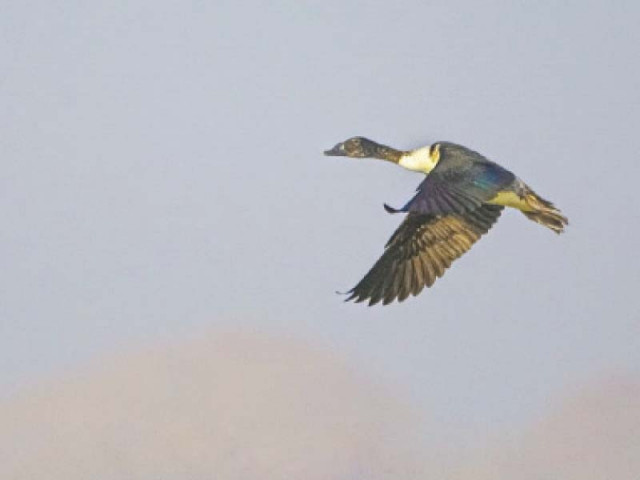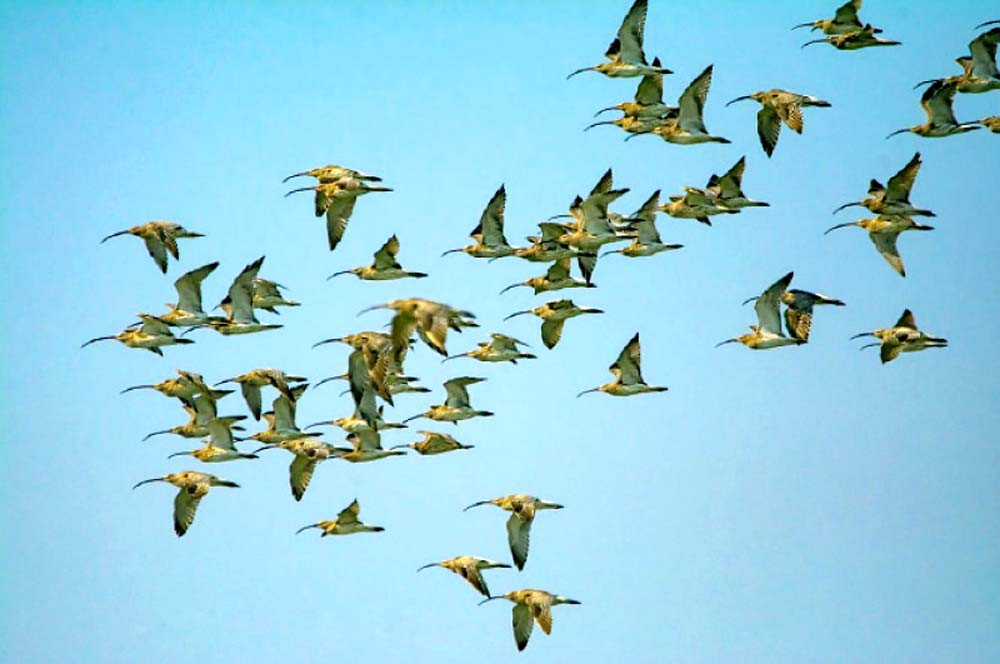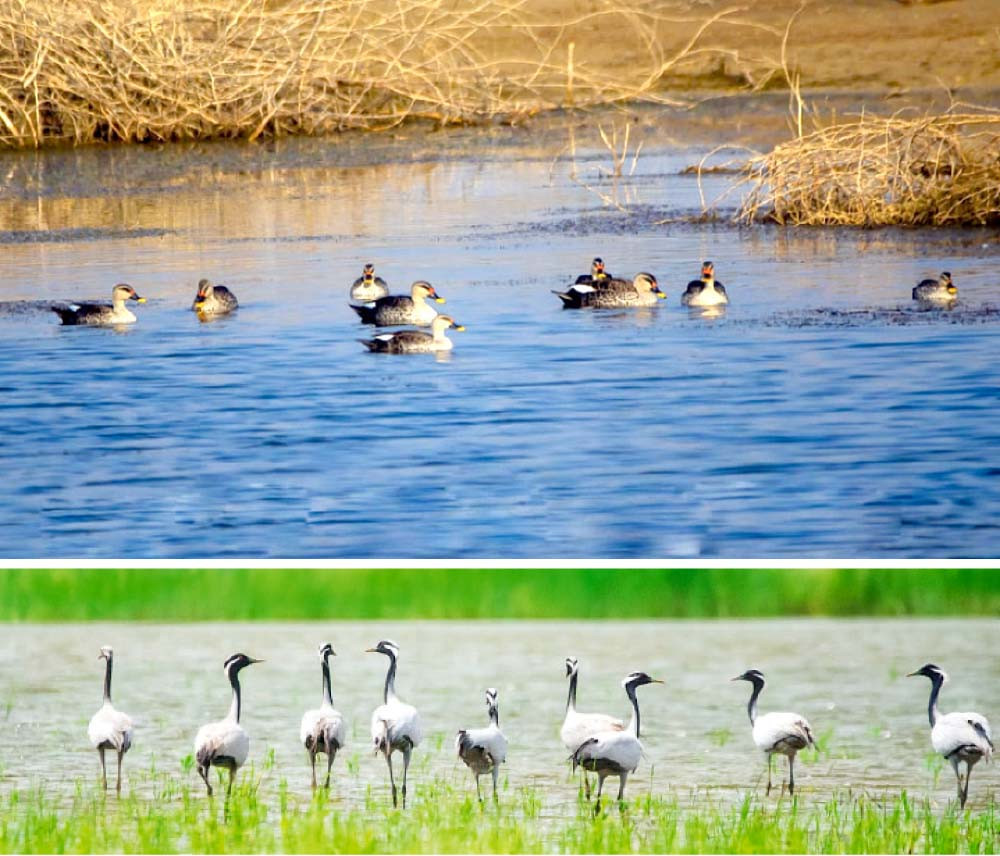Census shows slight drop in migratory birds in Sindh
As many as 613,851 birds spotted in 2022-23 against 661,537 in 2021

As many as 613,851 migratory birds had been spotted in traditional lakes and temporary water bodies formed by last year's unprecedented floods in Sindh, including Karachi, during the season in 2022-2023, according to a bird census conducted by the Sindh Wildlife Department.
Every year in winter the feathered guests fly thousands of miles from the Siberian tundra in search of food in warmer regions, including Pakistan.
The number of birds arriving in Pakistan's coastal areas, especially Sindh and Balochistan had been lower than the previous year as 661,537 birds had been spotted in lakes and water reservoirs in 2021, says the census report released by Rashid Ahmad Khan, Deputy Sanctuary Warden of the Sindh Wildlife Department. The process of bird counting continued for about a month.
According to Sindh Wildlife Department Administrator Mumtaz Soomro, a large number of migratory birds, including pink swan, Nile swan, Chinese duck, pelican, and cranes, settle on the water bodies of Sindh every year. The arrival of these birds begins in early and mid-November and they stay here for four months. They begin their long journey back to their native region in March.
These feathered guests descend on more than 100 lakes, water bodies and salt and fresh water reservoirs of Karachi, Badin and Nangarparkar, including Karachi's beaches, such as Hawke's Bay, Sandspit, Paradise Point and Russian Beach, and Keenjhar and Haleji lakes in rural Sindh, Sufi Anwar Park and other places.

Rashid Khan said that a "super team" was formed in Karachi for the bird census, while smaller teams were formed in other districts of Sindh as per their size. "The decrease in the number of birds this year is due to the monsoon rains," he said.
"In the past, around 30 lakes and other water bodies in Sindh were surveyed including Langh lake, Drug lake, Hamal lake, Kirsh lake, Ach lake, Chari lake, Vingai Kundi, Hindru lake, Keenjhar lake, Fusta lake, Ranpur dam, Sabusan dam, Run of Kutch, Karachi's Russian Beach, Port Qasim, Hub dam and Sufi Anwar Shah Park.

This year, however, hundreds of temporary lakes had been formed in different places, he added. The feathered guests' population was divided due to these water bodies. They were not included in the surveys due to the difficult access to these areas for the bird counting teams. "We can safely assume that migratory birds came in Pakistan in a comparatively bigger numbers," he added.
Among these migratory birds, the pelican eats fish, but other birds eat grasses and vegetation. After the harvest of rice, these birds descend on these fields to eat rice.
Published in The Express Tribune, May 4th, 2023.



















COMMENTS
Comments are moderated and generally will be posted if they are on-topic and not abusive.
For more information, please see our Comments FAQ